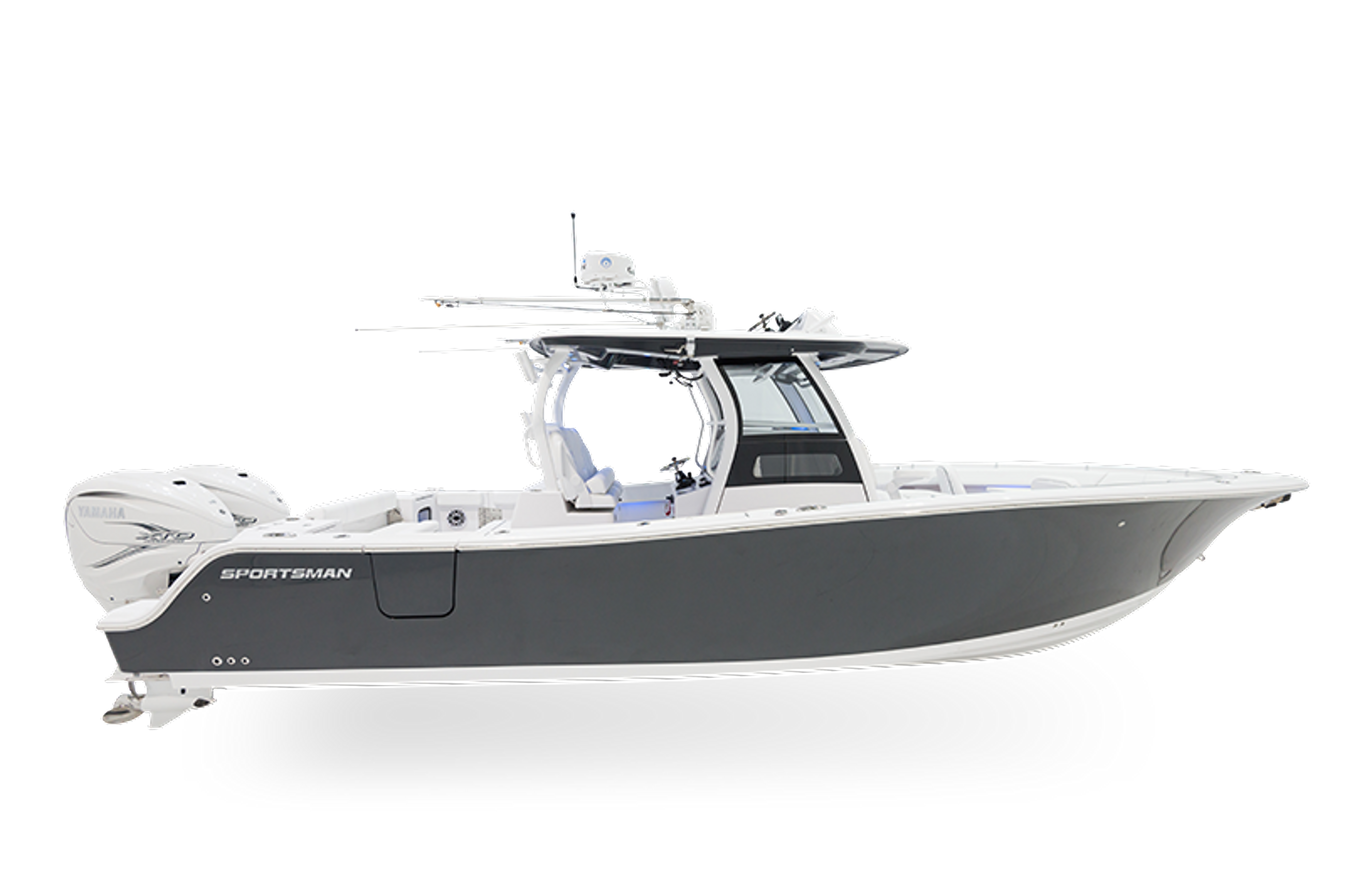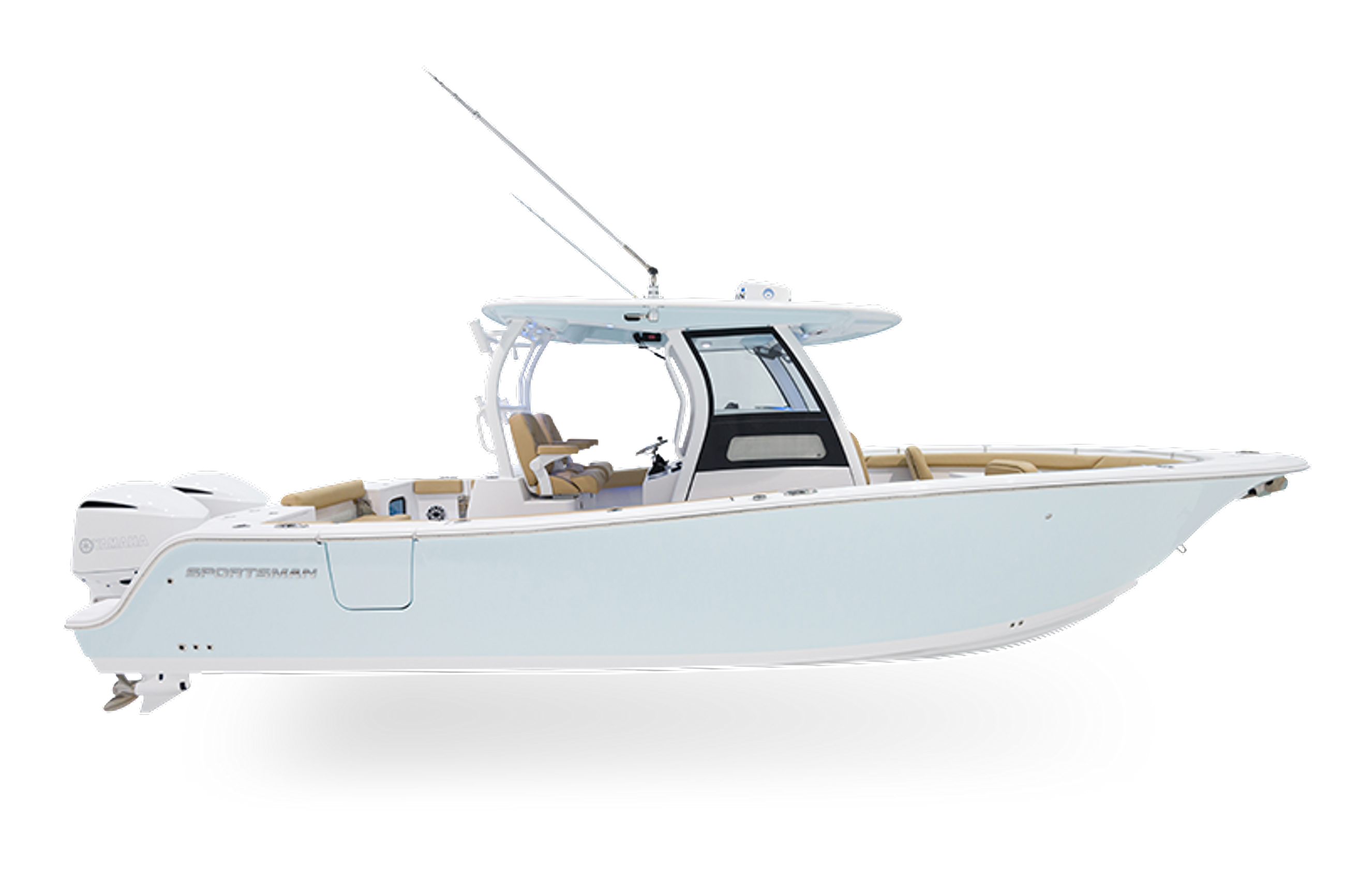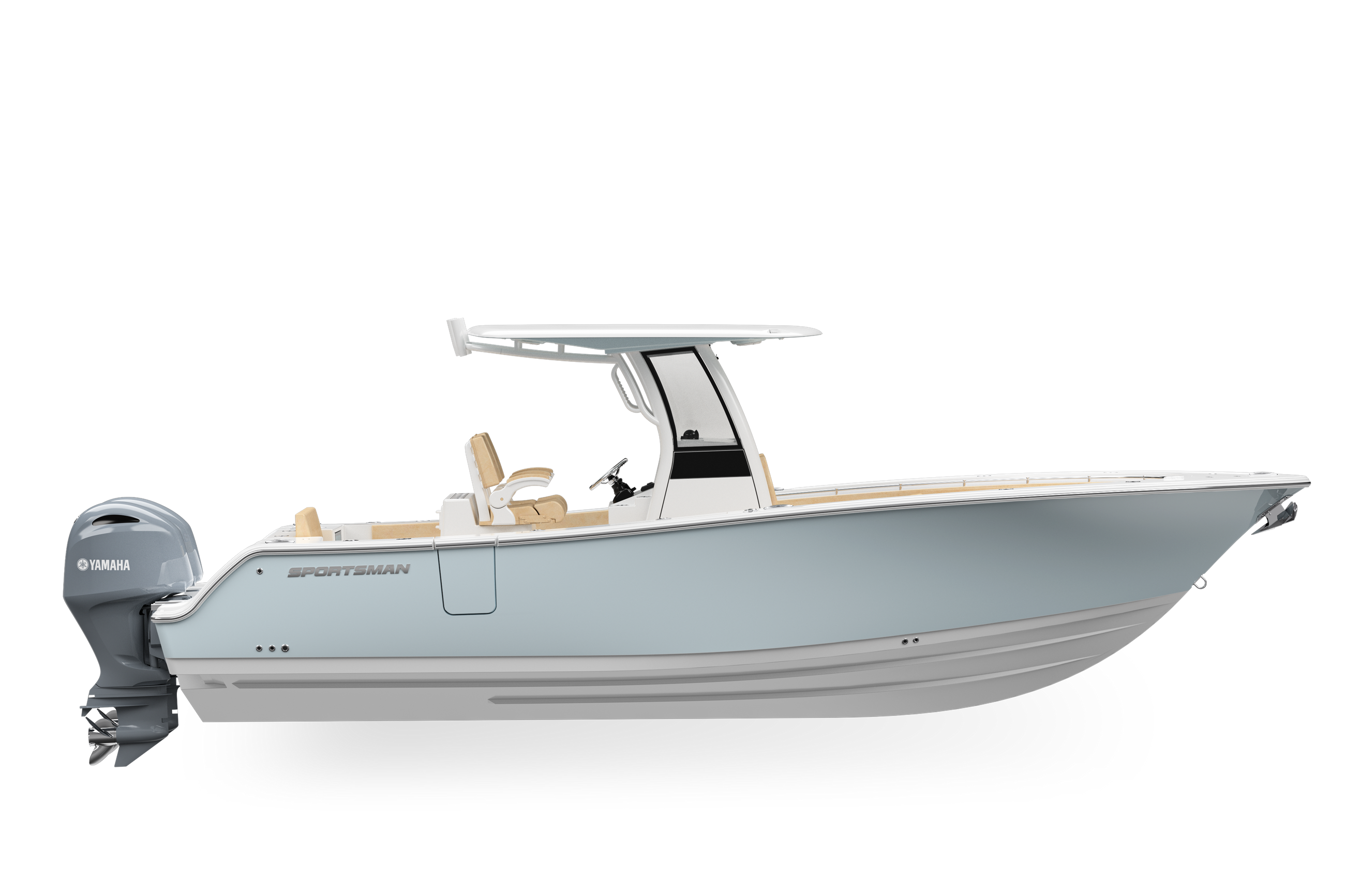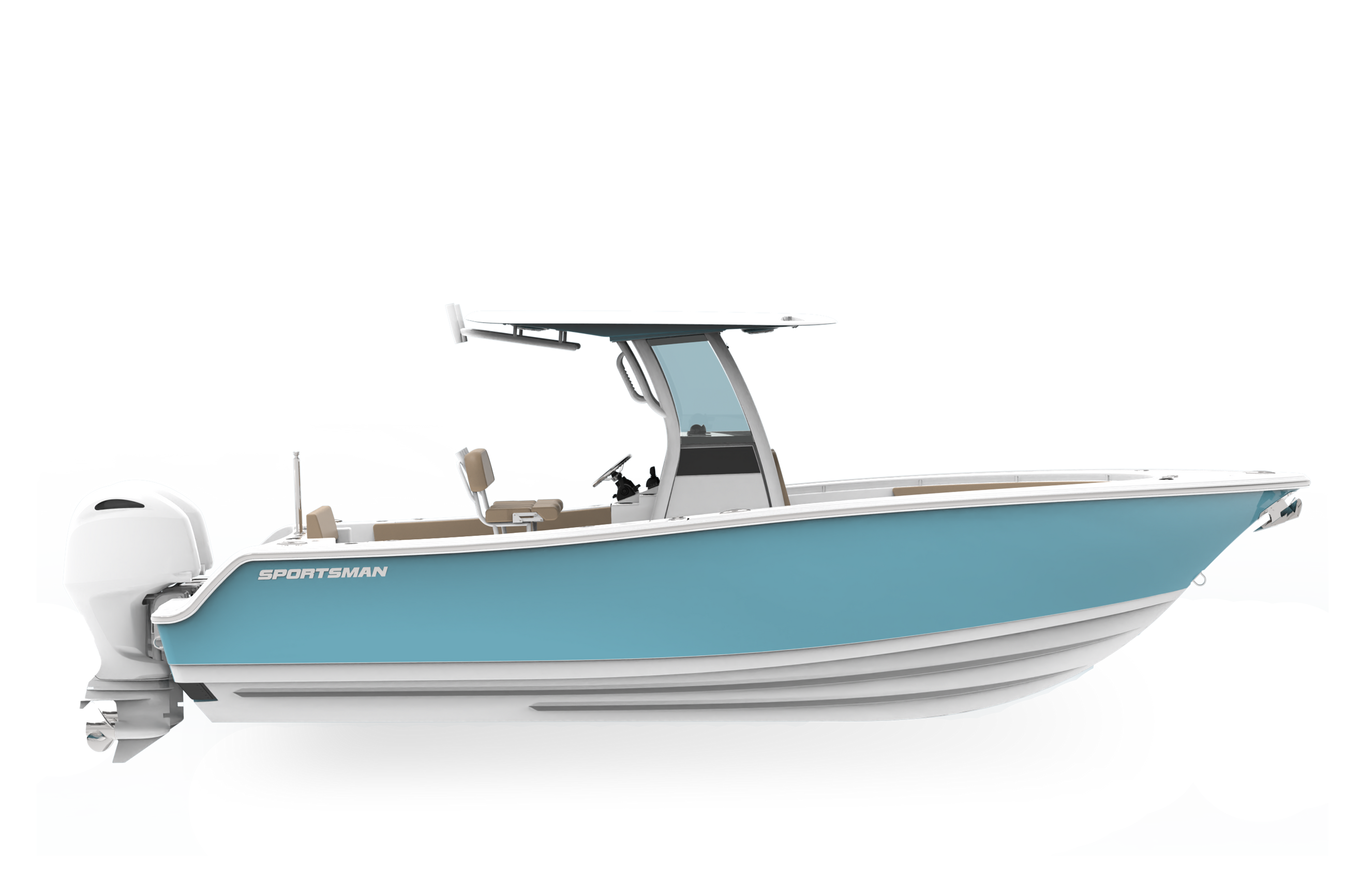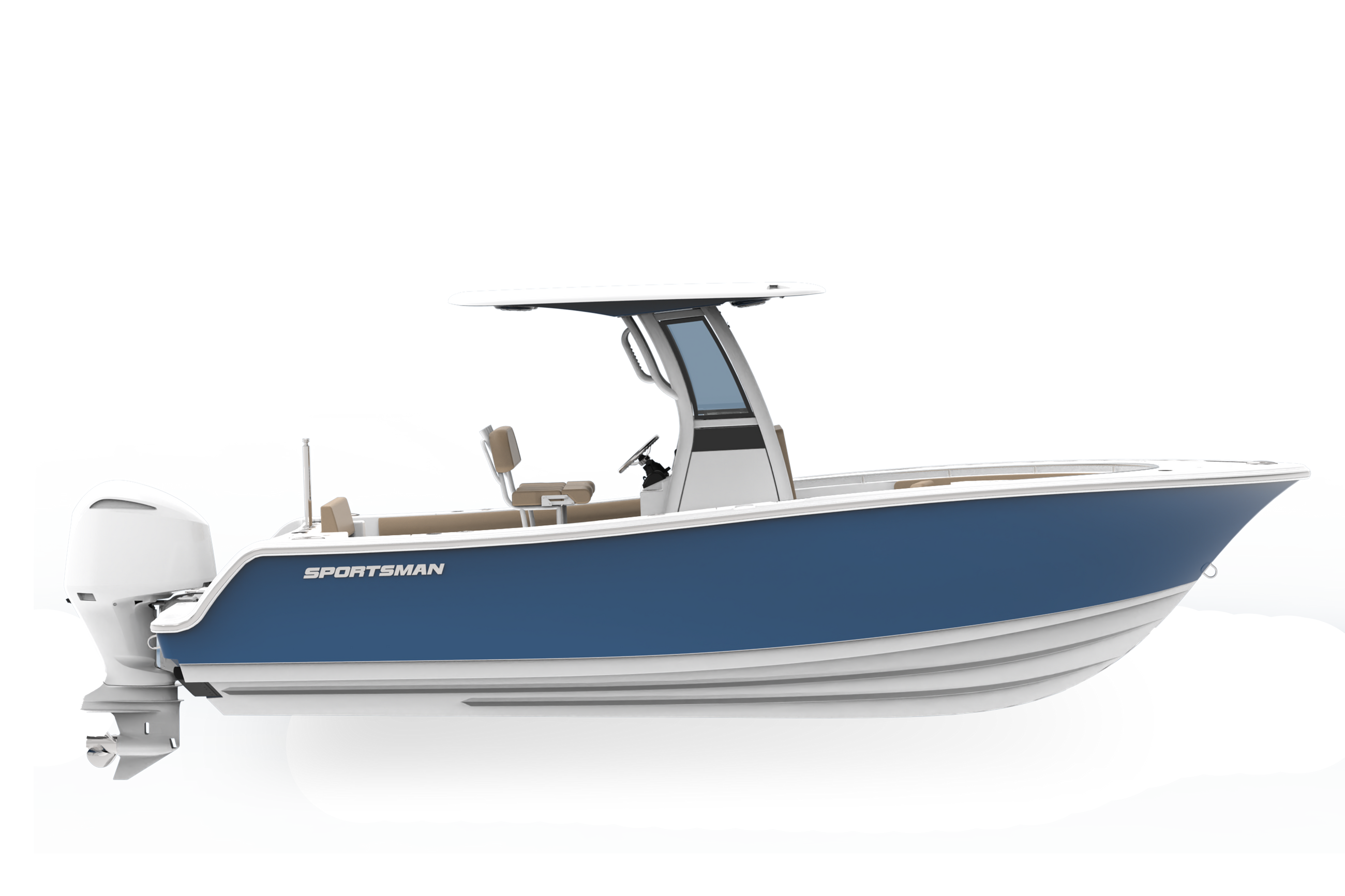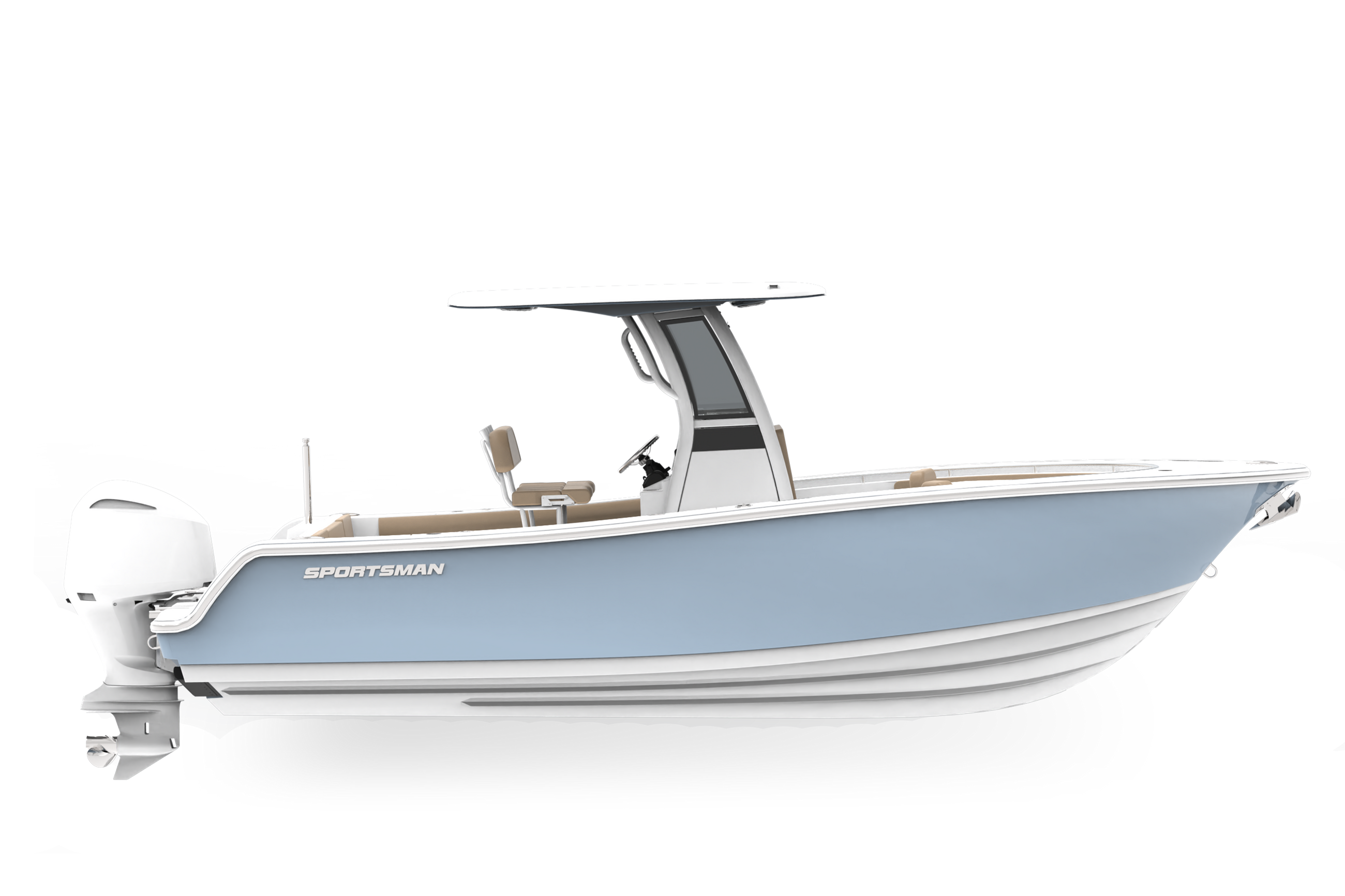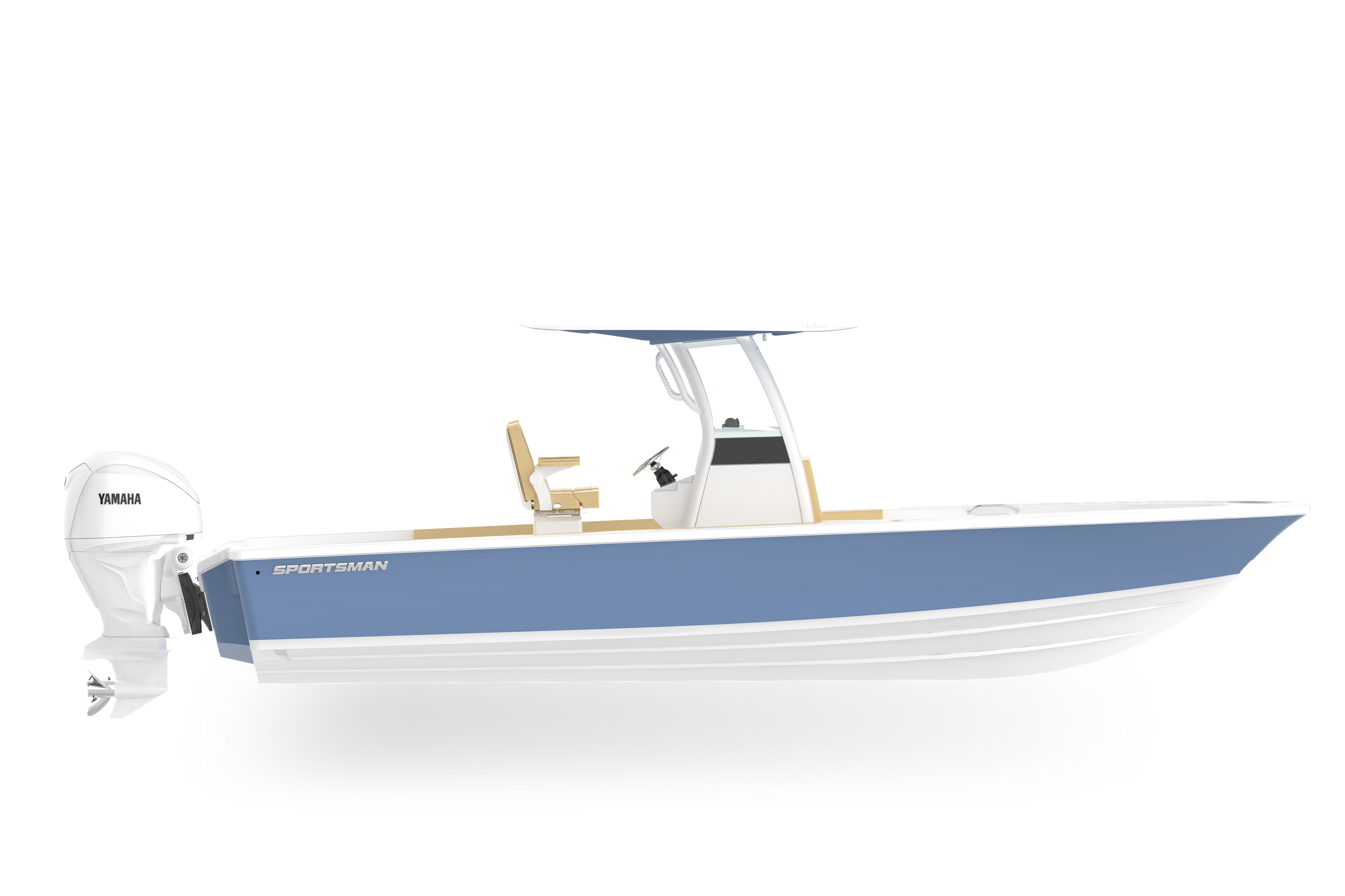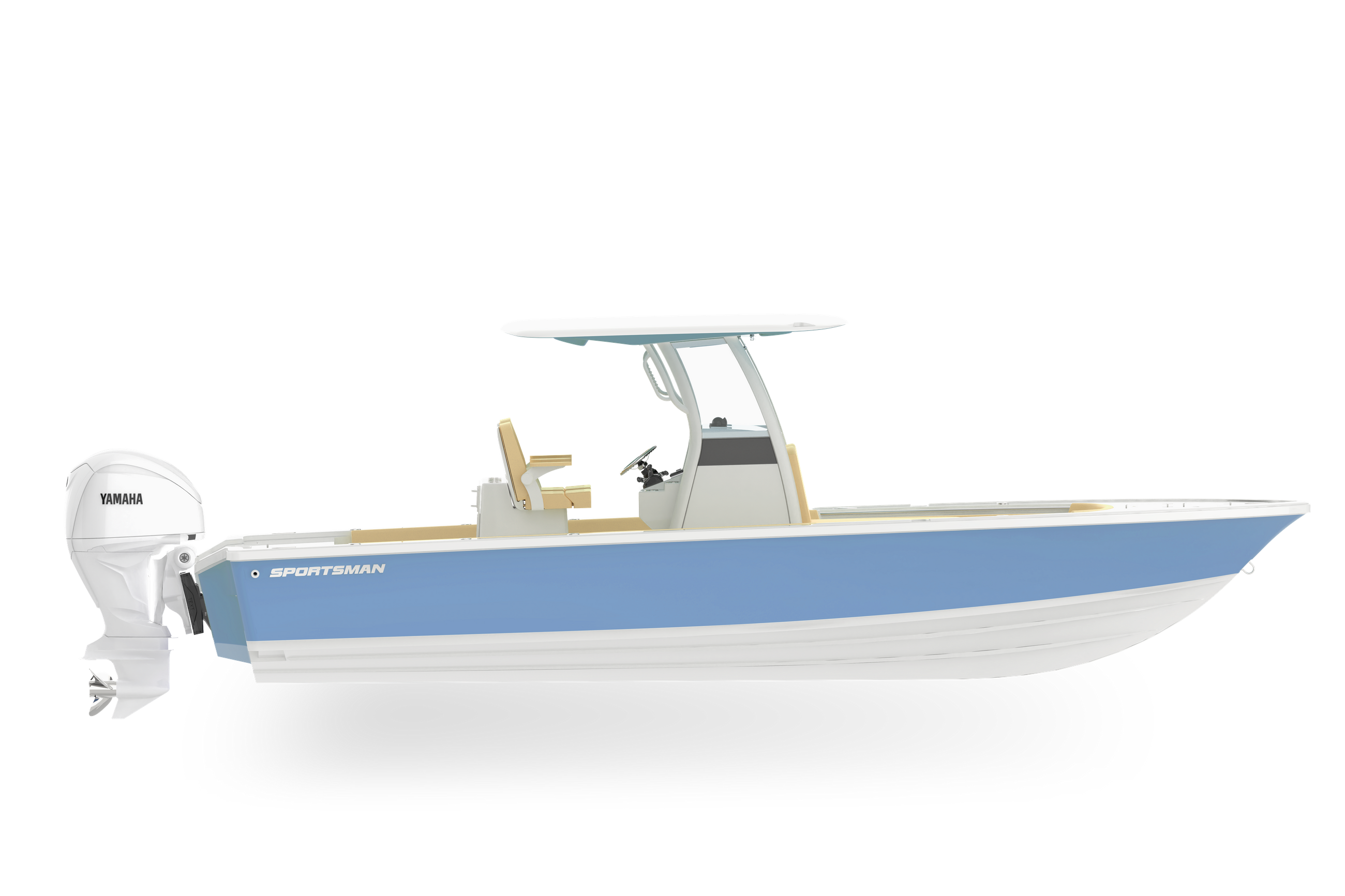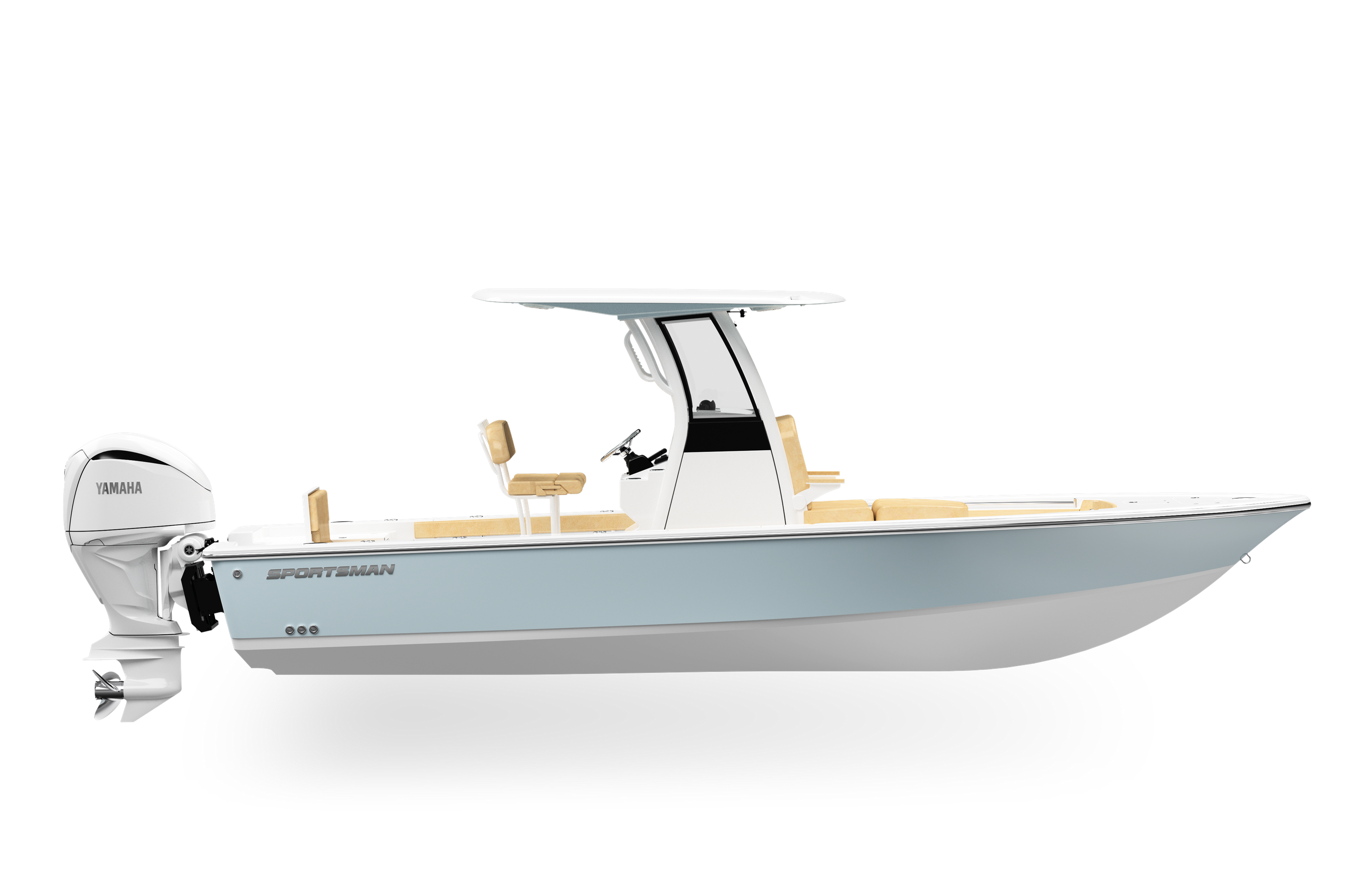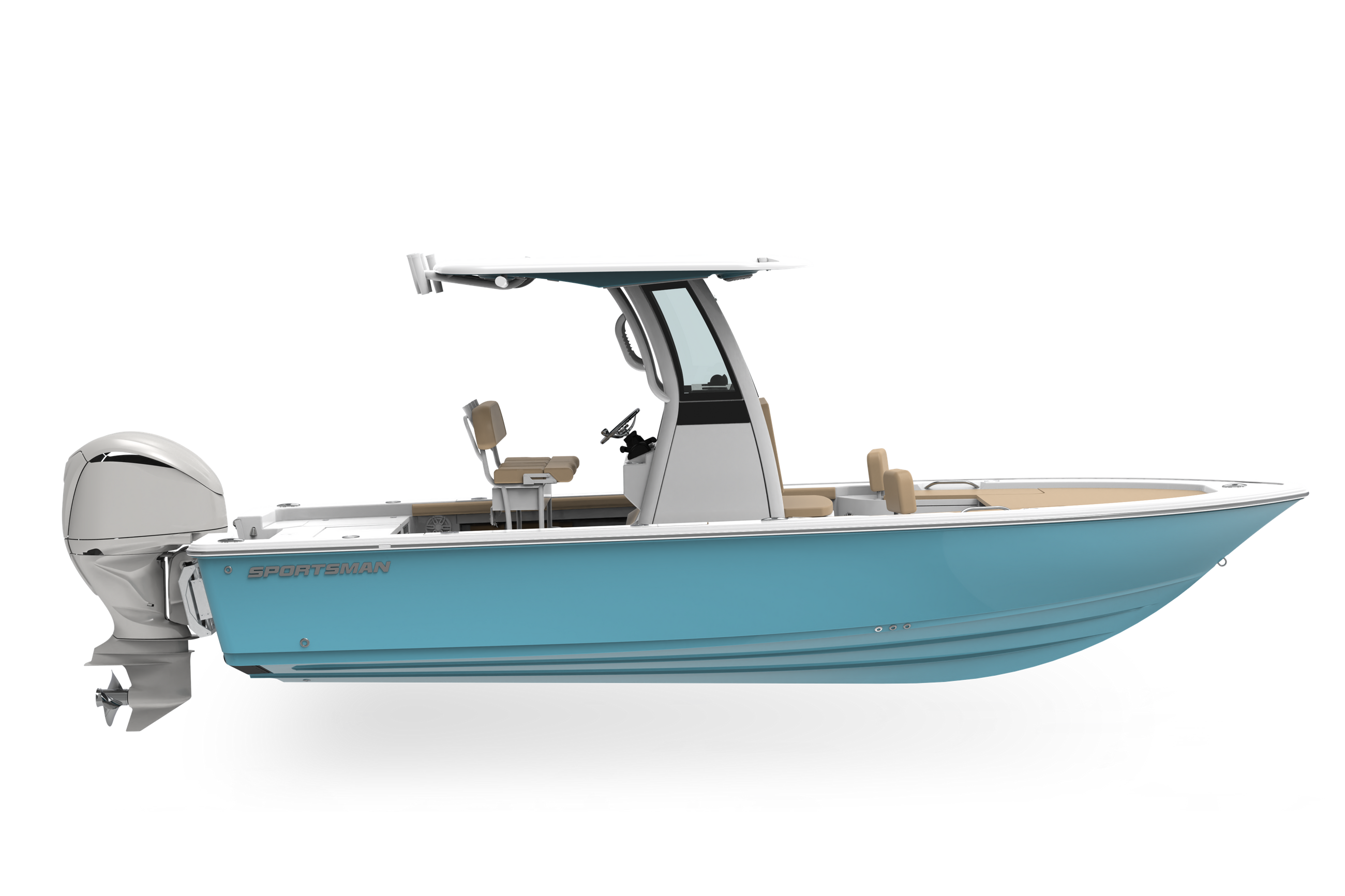Behind the Glass – S2E08 – Answering Your Boat Building Questions
In this episode we are answering the questions you our viewers are asking. We've taken the top questions and decided to deep dive into them so you get all the answers you're looking for.

Welcome back to Behind the Glass. In this episode, we are going to be answering your top three most asked questions to us about the boat-building process so let's get started.
To kick things off in this episode, we are going to be answering the age-old question of handmade versus chopped construction method. Before we go any deeper, though, let's go ahead and Define what each of these methods means. A hand-laid fiberglass construction method refers to using pre-cut sheets of fiberglass that are laid dry on the mold. Then an operator will soak the fiberglass with resin using rollers. A team will remove any trapped air between the layers and spread the resin evenly throughout the part. The primary advantage of using this method is that the pre-cut sheets of fiberglass are engineered to have a varied specific thickness. This allows the Builder to have very consistent laminate and ensures an even amount of fiberglass at the surface. This method certainly delivers, but let's talk about one major disadvantage. On large flat areas of a boat, such as a hall site, hand-laid fiberglass is fairly easy to work with the problem starts when building more complex Parts, such as decks, the tight radii cause the large sheets of glass to not follow the Contours perfectly. A good analogy for this would be gift wrapping a box versus an oddly shaped item. To get the gift wrapping to sit perfectly without any creases would be nearly impossible. In boat building, when the fiberglass doesn't sit perfectly tight on mold, it creates an air pocket. These are commonly referred to as Air Voids. While air voids are not 100 avoidable, fully hand-laid parts have a higher level of rework in tight areas.
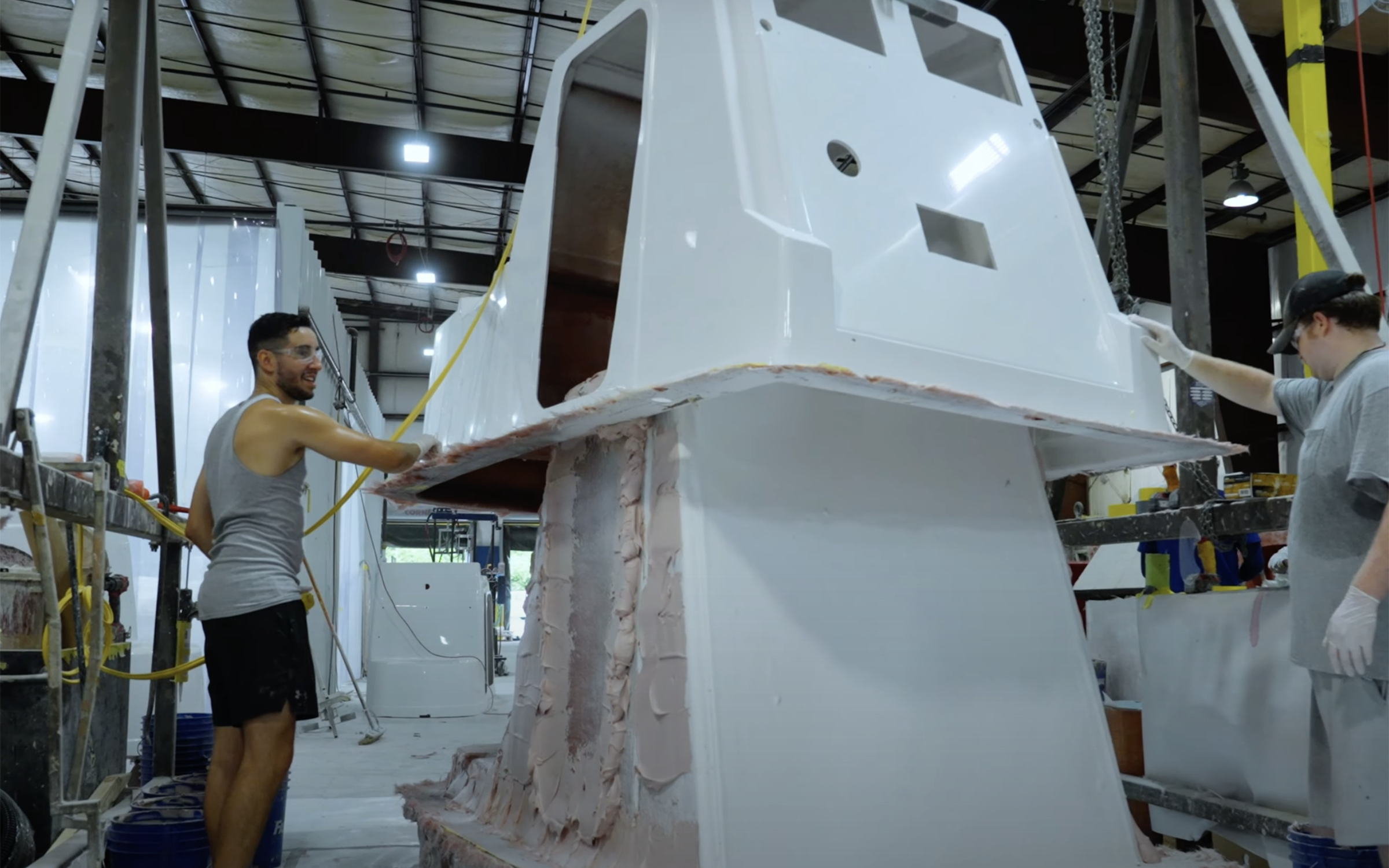
Now let's talk about the other common construction method, sometimes referred to as chopped or Chopper gun. In this method, a coil of continuous fiberglass strand is fed into a pneumatic piece of equipment at a very rapid speed blades inside chop. The continuous stand into one-and-a-half-inch pieces of fiberglass hence the name Chopper gun or chopped at the tip of the gun, the fiberglass is met with a stream of resin and Catalyst, and the material then travels at a rapid speed and gets stuck on the mold. One important feature about this equipment is that the operator can fine-tune the ratio between the materials using adjustment knobs. The operator can adjust the speed at the fiberglass chop is running, and the amount of resin being put out too much resin adds unnecessary weight to the part, and too little causes dry and weak spots. Following each layer, the Team jumps into action to roll out any air that might be trapped and removing any excess resin. Unlike a hand-laid part, the individually chopped strands of fiberglass make easy work of even the tightest of quarters. Commonly the biggest argument against exclusively using this method is that the quality of the part is directly linked to the skill of the operator. This is where robust training and quality control play a critical role. A top priority is making sure that each operator is highly skilled at their craft expert operators can yield very consistent results at a rapid rate with minimal rework necessary.
So the question Still Remains is whether Sportsman boats a hand-laid boat or chopped, and the answer is simple it's both. Through rigorous testing and years of experience, we've concluded that a combination of both methods is the ultimate way to build a production boat. Using a chop method for things like skin coats and geometrically complex Parts gives the best final product. In those scenarios, while using the advantages of quickly bulking up a hull side is best done by hand laying Precision cut fiberglass. Each method has unique advantages in certain areas and applications.
Let's move on to question number two, does Sportsman boats use wood in the construction method? and the short answer is no. To some, it may come as a surprise that wood is still commonly used in production boats built today here at Sportsman. We have never used wood as a construction material for any of our boats, while fiberglass is the primary building material for a modern boat. If you've been following the Behind the Glass series, then you're used to seeing the many other materials that get laminated into our boats. Using Highly engineered Composite Materials achieves two important things that wood would never be able to achieve. The first one is an obvious one. Composite Materials never rot. It is a common misconception that the encapsulation of wood protects it enough.
The fact is that simply drilling or screwing into these materials breaks the encapsulation and can lead to premature failure. The second is that each area receives Composite Materials perfectly matched with the properties necessary for that area. For example, we need extreme strength like on a transom Kusa board is used for an incompressible core transom. Other areas that need insulation, like cooler boxes, will receive a high r-value PVC core material that keeps the ice from melting another. a great example is the material that we use around cleats. This material is called aqua steel, and it has a similar density to aluminum but has one important difference aquastil will not seize around stainless steel cleats. The way that aluminum would making it ideal for this application.
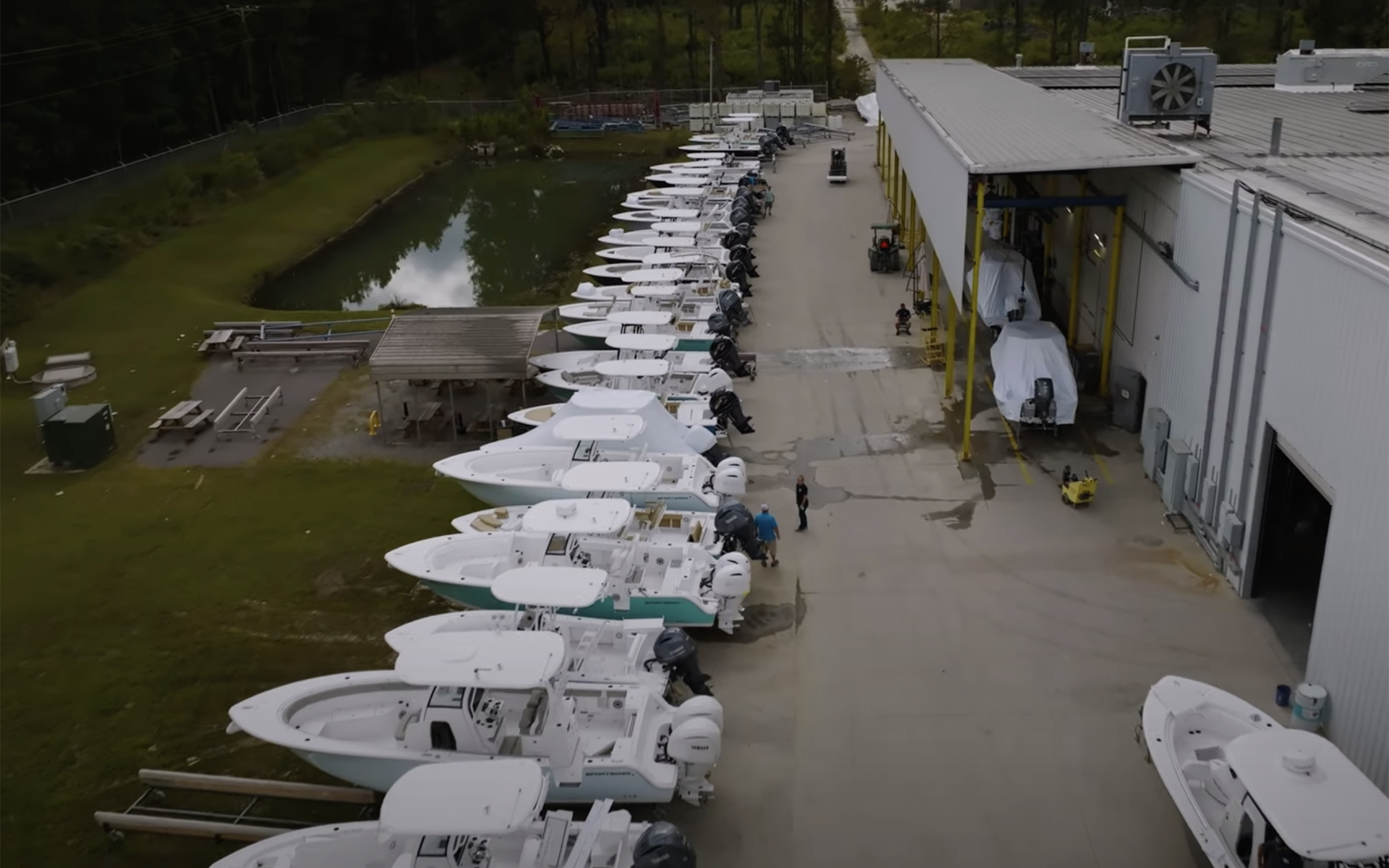
If we used wood, we wouldn't have the longevity quality or selection available in highly engineered Composite Materials. This allows us to choose the perfect material for each area. The last commonly asked question that we get is how long does it take to build a boat? And the answer to this varies depending on the model engines and options; however, the general timeline is as follows the process of building a boat starts months before the first ounce of fiberglass is laid on the mold. Our purchasing and Warehouse staff oversees forecasting, ordering, and stocking over 10 000 parts for each boat, and that is no easy feat.
They work closely with engineering at the introduction of a new model or at the start of a new model year to compile the list of parts needed to complete each boat. The parts vary from large engines to precisely cut hoses that need to be trimmed to exact measurements and delivered to the floor at a precise time. The purchasing Team Works around the clock to ensure that we have the parts necessary to build our boats. Recent events have caused incredibly long wait times on components which adds complexity to this already complex operation. Next, we start our lamination process. The lamination of the large parts of a boat can take anywhere from 7 to 14 days. The parts are built simultaneously in different building areas, allowing us to shorten the total time it takes to build a boat. Each area is carefully scheduled to ensure that the next Team down the line has the parts they need to complete their tasks. Medium-sized Parts such as consoles and hard tops require multiple parts to be bonded together to create a completed part. These parts take anywhere from two to five days to complete, with some of them requiring additional time for finishing.
Small parts like lids, live wells, windless trays, and cooler boxes take one to two days to be completed, and each boat requires anywhere from 10 to 20 of these small parts. At this stage, we're ready to start putting it all together. This area of the plant is known as assembly, and it encompasses several processes in the main assembly lines. The halls and decks travel down from cell to cell. On average, a boat will spend 10 to 30 days in the assembly room while a crew of expert boat Builders adds the thousands of parts required to complete the boat.
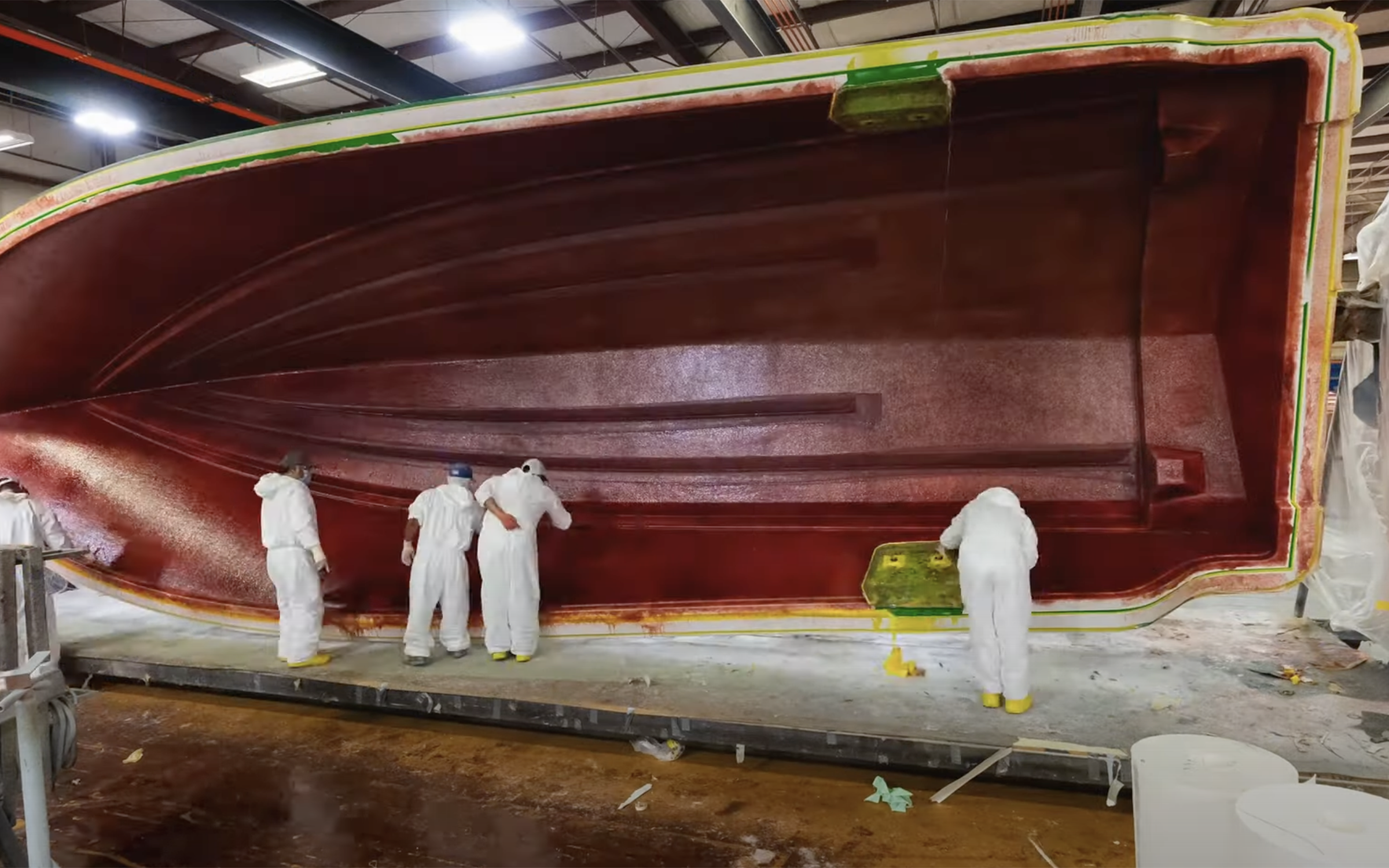
At this stage, the boat is almost complete. The boats are moved to a staging area where they wait for transportation. Our transportation department is in charge of delivering the hundreds of boats that we build every month. Depending on where the boat needs to be delivered, the time the boat spans here is anywhere from one day to a week. Our drivers drive over a million miles a year to deliver our beautiful boats to dealers across the country.
Just like the questions that we tackled in this episode, we receive hundreds of different questions through all of our different channels. If there's anything that we missed that you'd like to see answered in a future episode, leave it in the comments below.
The techniques shown in this episode are part of our SportTech® Advanced Fabrication Process. This proprietary combination of processes and materials yields the best result each step of the way and has been thoroughly tested for durability, longevity, and finish All Sportsman Boats feature a 100 composite construction with no wood, an NMMA certification, and a 10-year haul limited warranty.

